#romanians
Photo
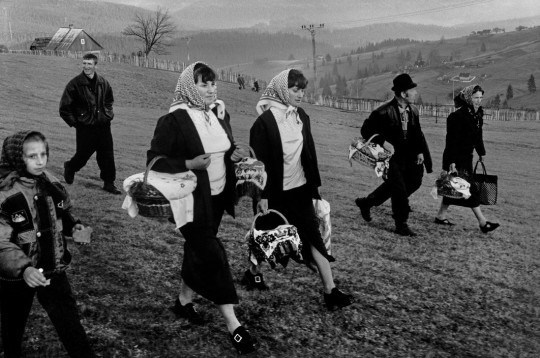
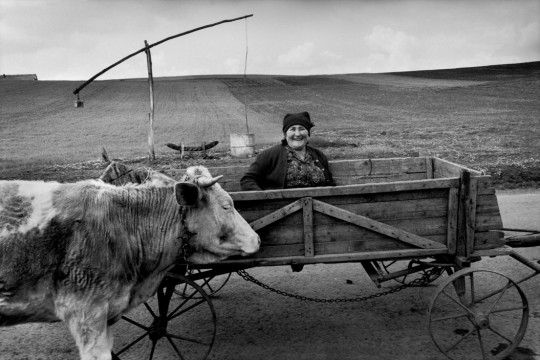



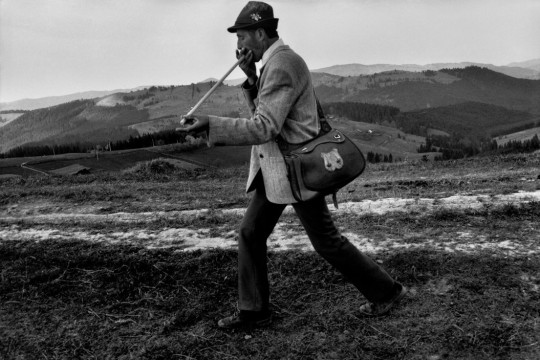

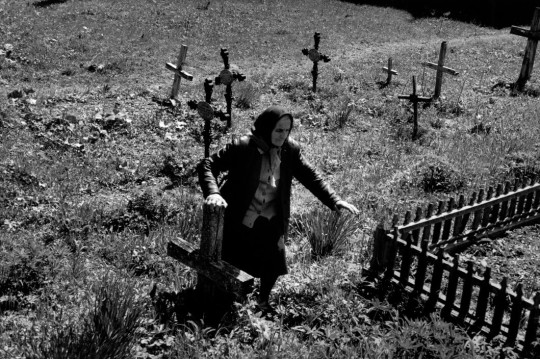
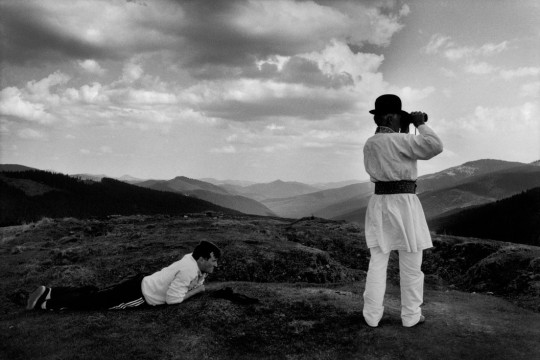

Photographs taken in the southern part of Bucovina and adjacent Carpathian areas located in Romania by Josef Koudelka
#josef koudelka#photography#Romania#europe#b&w photography#balkans#romanian#bucovina#bukovinian#romanians#slavs#ukrainians#hustuls#carpathians
288 notes
·
View notes
Photo

Percentage of Romanians by Romanian county, 2021.
by ad.patriam
72 notes
·
View notes
Text
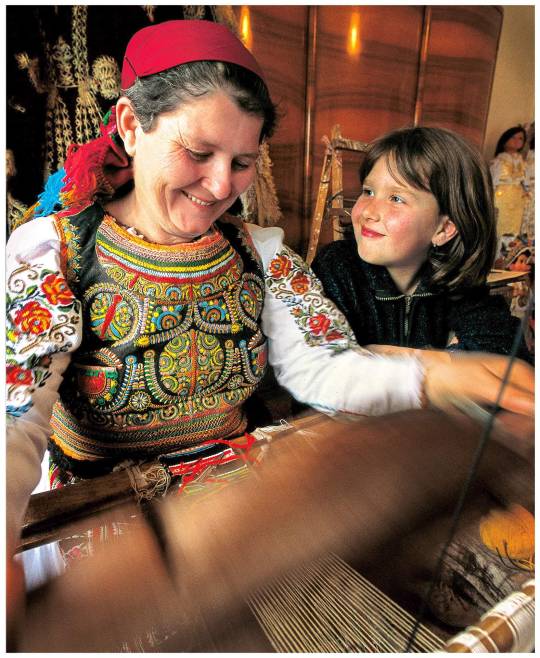
Zrenjanin, Serbia, (2001). Dragoljub Zamurović
Filming the material for "Serbia, life and traditions" I tried to include members of all ethnicities living in this country. Especially Romanians who were very lovable and nice to me. On this photograph is naive painter Ileana Oalge as she weaves a pojas for the Romanian folk costume on an old family loom. Next to her is her sweet granddaughter Marina Obradović.
I would say that it's difficult to find a people with who we have such a close and friend-like relationship.
130 notes
·
View notes
Text

Ovi cutting Marius's hair
3 notes
·
View notes
Photo
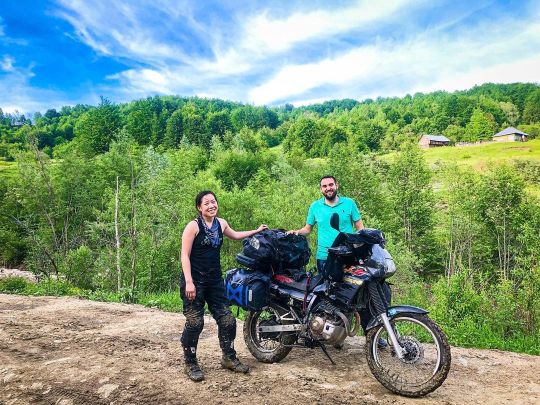
Kindness is everywhere Part 3/3: Afternoon I’m close to the Eternal Flame. Google maps says I’m 9 minutes away. I’ve been riding on this gravel road for 1.5 hours, I think to myself: this better be worth it. All of a sudden the gravel road disappears in front of me and there’s a small cliff I can’t see beyond. I dismount Athena and inspect the road before I continue. What do I see? A mud bank, logs, sticks, giant rocks and a river. FUHHHHH! Why??? My anxiety starts to increase: I’ve never done this level of off roading before, the mud hill after the river is so steep and goopy, I’ve never forded a river not in the Oregon Trail computer game. After a few minutes of letting my anxiety run wild, I tell myself: I didn’t ride 1.5 hours in the gravel just to turn back now. I ain’t no B*! Thank you Bay Area for making me who I am. So I hop back on Athena and nervously cross this mud bank, rock bank, log/ stick obstacle and do the damn thing! I squeak the whole way, but I make it across the rock river and up the steep goopy mud hill. But oh my gosh. If I thought the first hill was steep, the second hill was literally slanted 45 degrees. There was no way Athena fully loaded and my lack of off roading riding skill could get up that. I decide to turn around, but I get stuck on the mud hill. It’s slippery, Athena is sinking and I have no grip. I guess I can get off, take off my bags and push her, but it’s so slippery. All of a sudden some hikers coming back from the Eternal Flame and a one eyed villager come to my rescue. Lol what? They help me get Athena to a flat spot and put some rocks under her. Safe for meow. One of the hikers who speaks English translates that the one eyed villager says he can guide me up to the Eternal Flame and help me get my bike down the hill again. Y’all. This one eyed villager must have been at least 60 years. I decline bc I don’t want to trouble him and tell them I’ll figure it out. We part ways and I hike up to the Eternal Flame. Continued in the Comments #chasingcrystal #eternalflame #românia #romaniatravel #romaniawow #discoverromania #romanians #asianwomen #asianwoman #dualsportlife #motodistancing #adventurerider #adventureriders (at Eternal Flame) https://www.instagram.com/p/Chu8wqfPC1G/?igshid=NGJjMDIxMWI=
#chasingcrystal#eternalflame#românia#romaniatravel#romaniawow#discoverromania#romanians#asianwomen#asianwoman#dualsportlife#motodistancing#adventurerider#adventureriders
4 notes
·
View notes
Text

Romanian girl.
Sourse: https://pinterest.com/pin/1144336586559036888/
1 note
·
View note
Text
DWP bank checks will see 74,000 benefit claimants prosecuted and 2,500 jailed in massive fraud crackdown

"We highly welcome this news with optimism as it is high time that we, as taxpayers, take responsibility for safeguarding our taxes and ensuring they are allocated correctly, particularly towards the welfare of our cherished NHS. Unfortunately, it is regrettable that such measures have become necessary, but during my previous employment, at first hand witnessing numerous instances where taxpayer funds were unlawfully distributed to individuals engaged in undocumented work, who subsequently deposited the money into various UK banks.

These revelations have strengthened my support for this news, although I acknowledge that some may harbor doubts. However, I urge you to trust my firsthand experience of taxpayers' money being directed towards inappropriate recipients. It has been disheartening to witness instances where individuals from other European nations, who have no intention of improving their situations or contributing to our society, are benefiting from our generosity from the benefits system, at the expense of our own citizens.
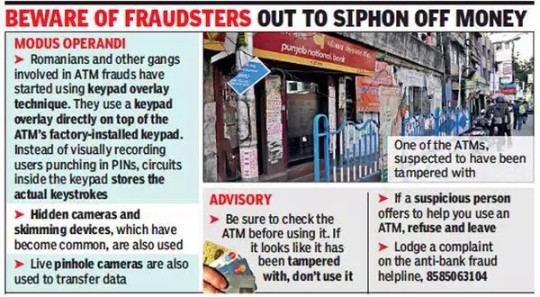
We must draw a line and prevent further exploitation of our benefits system.
Fighting Fraud in the Welfare System:

Enough is enough."

#Taxpayer Protection#TaxPayer#BenefitFraud#BenefitScandal#Romanians#Albanians#business news#latest news#Society#Justice#NHS#Working Class#SaveOurNHS
0 notes
Text
Michael Hermann was from Hungary…but where in Hungary?
This was chapter 1 of my booklet, "Unwinding the Mystery of Johann Hermann from the Land of Transylvania to the Shores of Baltimore: Documenting the Hermann Lineage," which was an early Father's Day present in June 2017. While I now know that Michael Hermann was NOT born in Hungary, and his exact place of birth, but I still see this as worth reprinting here.

The Necktar was one of the first ships to arrive at Baltimore's Pier 9 in 1904. This ship was made by the same company that had created the passenger ship Michael would travel on across the Atlantic and would dock at this same pier. Courtesy of the Maryland State Archives.
The year was 1906. Michael Hermann was a simple farm laborer who had just come of age. On April 2, after a long train ride to Bremen, Germany, Michael boarded the Karlsruhe. Those recording the manifest, who were not immigration officials, described his nationality as “Hungarian” and race as “German” and name as “Michael Herman” which is not far off from Hermann. [1] This distinction would explain why in stories told years later, after the marriage of Lena Franci and Raymond Hermann (the son of Michael), the Hermann side of the family would be called “German” and the Franci side called “Italian.” Technically they were Hungarian, or to be more precise, Transylvanian, but nitpicking isn’t the point here. Instead, it is worth digging more into this record.
Originally posted on my WordPress blog on Jan. 25, 2021.
When he boarded the ship to the United States, Michael had a ticket to his destination, which was East Pittsburgh. His passage was paid for, and he had no mental health (or other) issues. He may have had only $40 on him at the time. He would arrive in Baltimore, “Charm City” as some call it today, on April 17. Years later, in his Petition for Naturalization and the Declaration of Intention he would say that the ship left on March 13, 1905, and arrived on March 30, 1905, but his dates were mixed up. Perhaps this is because he was applying for citizenship in 1913 and later, once he was more established in the US. By then, coming over on a ship may have seemed like a distant memory. He may have remembered stepping off the boat, perhaps even going into a tavern for a meal, but it soon became a blur, and he didn’t remember the date precisely.
On April 17, Michael was on a journey to East Pittsburgh. But he was there for one simple reason: to visit his half-brother Johann within the same town. Along with them was a woman named Sara (or Jara) Wenzel who was going to join her brother-in-law, which happened to be the same person, Johann. This could indicate that the Wenzel and Hermann families were intertwined, since, Michael’s father had married a woman named Marie Wenzel. So, it is possible that a member of the Wenzel family would have felt secure going to the United States to the home of a cousin. One could also consider the possibility that Sara or Jara and Michael planned this trip together and came over as friends, since they were on the same ship, but no documentation supports or refutes this possibility. Regardless, Michael likely took the daily Baltimore and Ohio (B&O) Railroad to Pittsburgh from Camden station, then within Baltimore’s port area, with a direct ride to Pittsburgh starting at 10 AM. [2]
Some may be asking why this was not mentioned before. After all, in the previous family history, I said that he was a German farm laborer going to Pittsburgh with a possible servant woman named Jara Wenzel traveling with him and a relative named Johann Hermann, guessing it was his father. That supposition was not correct. However, I was right to say that the Hermanns may have been established in Pennsylvania by this point. I’ll explain why that is the case later on.
Once Michael stepped his foot likely on a pier at Baltimore, he was one of many who entered the city in that way. With direct connections to St. Louis and Chicago, and contracts with immigrant passenger lines such as those run by Norddeutscher Lloyd, of which the Karlsruhe was part of, Piers 8 and 9 were run by the B&O railroad at Locust Point. This area played a major role in “receiving the millions of immigrants” coming to the US in the post-Civil War period as former Maryland State Archivist Edward Papenfuse points out. Michael was arriving two years after the B&O inspection center had opened at Locust Point, which was documented in great fanfare in company literature and in the Baltimore Sun. In later years, thousands would use the port to come to the US, with their final destination as Baltimore. But, by 1913, the pier was seeming worrisome as it was built out of shoddy materials and to replace it, some of Fort McHenry’s land was re-purposed into “a new immigration reception station which included a hospital facility” while the rest of the fort became a public park.
Articles in the Baltimore Sun shed further light on Michael’s journey to the United States. He was not alone on the passenger ship. There were 1,610 in steerage and four in the cabin, with a 6-month baby body dying of enteritis on the journey, and Captain Francke in charge. [3] The twin-screw steamer ship was scheduled to leave the port that Friday, April 20, at 2 PM and sail back to Bremen, one of two ships (the other Gneisenau) sent over to the US bringing immigrants, the latter to New York. Cabin rates ranged from $45 to $50 depending on the cabin selected.
Beyond his journey, the minute he stepped onto Pier 9 of Locust Point, where the Karlsruhe docked, he was leaving behind his homeland in the “Old Country.” His Declaration of Intention says he was born in “St. Ivan, Hungary” and his draft registration card in 1917 says he was born in “Yohanisdorf” with other documents saying he lived (or temporarily stayed) in Segesvár/Sighișoara before he left on a train headed to Bremen. Perhaps he was born in a village named Johannisdorf, two of which are near Sighișoara and in Romania today, with a church also with that name, but on the fringe of Transylvania. [4] There is even a St. Ivan, called Pilisszentiván (Sankt-Iwan in German) which exists but it is within Hungary, not in Romania.
There is one town which has names in Hungarian and Romanian that literally mean Saint John. It is 133 to 145 kilometers by foot from Sighișoara. [5] There likely was a railroad between that city and the city he was born and raised in.
Other records give further clues. The East European Genealogical Society has some answers, although their results should be taken with a grain of salt. [6] They list the “Herman” surname as within three villages in the Galicia province (Mezhirichi, Pischatyntsi, and Radomysl Wielki) and in the Volhynia province (Mezhirichi). It also lists the “Hermann” surname in Gau Warszawa village within the Warszawa province and the Neuborn village within the Volhynia province. From these results, two are of those living within the Russian Empire and three are within the Austro-Hungarian empire with those with the Herman surname. Any of those families could have been those from which Michael’s
parents originated. Narrowing this down would require on-the-ground research.
Other information on Michael is not clear. While there are passenger records for the Karlsruhe assembled by the Bremen archives, they only date back to 1907, one year after Michael was a passenger on that ship which sailed across the Atlantic. [7] The available censuses are no better. An all citizens census in 1869 lists 22 people with the surname of Hermann, two with the surname of Hermann in the assorted census records of Hungary from 1781 to 1850, 11 with the surname of Hermann in the 1848 Jewish Census in Hungary, and one in the Jewish Names in the Property Tax Census in 1828. None of these provide any leads. There are a number of “Genealogical Guides and Handbooks” for those who are Hungarian or Romanian provided by the National Archives. [8] There are also “Maps of the Austro-Hungarian Empire” assembled by the Foundation for Eastern European Family History Studies (FEEFHS) but this is also of no help. But there are other sources which provide
more insight into Michael’s immigration to America.
Gradual immigration of Romanians commenced in 1880 and increased by the turn of the 20th century. [9] Many of these immigrants came from Transylvania, Banat, and Bucovina, which were territories under Austro-Hungarian rule, where “political ethnic and religious persecution” and precarious social and economic conditions had forced them to leave their homes. These immigrants “found employment in the factories, the mines, and on the railroads” and in 1906, the “The American Newspaper,” the organ of the Union and League of Romanian Societies of America was founded. Furthermore, as a result of “ethnic and economic repression,” Romanians emigrated from their homeland to Canada and the US in search of better lives. This short bit provides more background than a number of other varied sources, such as a website dedicated to covering certain Romanian villages, and the Morton Allan directory of steamship arrivals from 1890 to 1930.
© 2021-2023 Burkely Hermann. All rights reserved.
Notes
[1] Michael Herman, 1906, Immigration, Baltimore, Baltimore, Maryland, United States, NARA microfilm publications M255, M596, and T844 (Washington, D.C.: National Archives and Records Administration, n.d.); FHL film 833,019 within Family Search database titled “Maryland, Baltimore Passenger Lists, 1820-1948.” Accessed in April 2017. Specifically see this page of the document; “List of Alien Passengers for the U.S. Immigration Officer at Port of Arrival,” Passenger Lists for vessels arriving at Baltimore, Maryland, 1891-1909, Record Group 85, NARA, NationalArchives, INS, Reel 53, Vol. 205 (Apr. 1, 1906-apr. 30, 1906), p. 474-475.
[2] “Baltimore and Ohio Railroad,” The Sun (1837-1991): 13. Apr 21 1906. ProQuest. Web. 7 June 2017.
[3] “Immigrants Coming,” The Sun (1837-1991): 12. Apr 18 1906. ProQuest. Web. 7 June 2017; “Port Paragraphs,” The Sun (1837-1991): 12. Apr 04 1906. ProQuest. Web. 7 June 2017; “North German Lloyd. Baltimore—Bremen,” The Sun (1837-1991): 5. Apr 13 1906. ProQuest. Web. 7 June 2017; “Activity among Immigrant Ships,” The Sun (1837-1991): 12. Apr 17 1906. ProQuest. Web. 7 June 2017; “To Sail for Bremen Today,” The Sun (1837-1991): 6. Apr 20 1906. ProQuest. Web. 7 June 2017; “North German Lloyd. Baltimore to Bremen Direct,” The Washington Post (1877-1922): 1. Apr 14 1906. ProQuest. Web. 7 June 2017.
[4] “Sajószentiván, Sântioana, Johannisdorf,” Place, Genealogical Gazetteer (GOV), Accessed Jun. 2017; “Vajdaszentiván, Johannisdorf, Voivodeni,” Place, Genealogical Gazetteer (GOV), Accessed Jun. 2017; “Johannisdorf,” Evangelical Church, geographic position estimated, Genealogical Gazetteer (GOV), Accessed Jun. 2017.
[5] “Sajószentiván, Sântioana, Johannisdorf,” Place, The Genealogical Gazetteer (GOV), Accessed Jun. 2017. Distances stayed on maps provided by Google Earth and Google Maps; “European Transportation Maps of the 19th Century” provided no answers on this question, but is a good start.
[6] East European Genealogical Society, “Surname Index for H,” Surname Index, index last updated Mar. 29, 2017. Accessed in June 2017; Result 1, Result 2, Result 3, Result 4, Result 5, Result 6. All courtesy of the East European Genealogical Society’s database. Accessed May 2017.
[7] “The ship ' Karlsruhe ' run the following passages,” Bremen Passenger Lists: A Project with the Bremen Chamber of Commerce and the Bremen Staatsarchiv, copyright 2003-2009. Search on passengerlists.de. Accessed June 2017; Cyndi’s List, “Eastern Europe » Census,” Cyndi Ingle, CyndisList.com, Accessed June 2017. Lists numerous censuses. It is not worth naming these individuals as they may not be related to the Hermann family.
[8] See Edward R. Brandt, Contents and addresses of Hungarian archives: with supplementary material for research on German ancestors from Hungary (Minneapolis, Minn.: E.R. Brandt, 1993); Emil Lengyel, Americans from Hungary (Westport, Conn.: Greenwood Press, 1974); Jared H. Suess, Handy guide to Hungarian genealogical records (Logan, Utah (P.O. Box 368, Logan 84321): Everton Publishers, 1980); Steven Béla Várdy, The Hungarian-Americans (Boston: Twayne Publishers, 1985); Vladimir Wertsman, The Romanians in America and Canada: a guide to information sources (Detroit, Mich.: Gale Research, 1980); Vladimir Wertsman, The Romanians in America, 1748-1974: a chronology & factbook (Dobbs Ferry, N.Y.: Oceana Publications, 1975).
[9] “Romanians in America,” from the “History of the 'United Romanian Society'; Istoria Societatii 'Unirea Romanilor,’” put online by the Foundation for Eastern European Family History Studies (FEEFHS). Accessed in June 2017; “Concise History of the Romanian People,” from the “History of the 'United Romanian Society'; Istoria Societatii 'Unirea Romanilor,’” put online by FEEFHS. Accessed in June 2017; See “GenealogyRO Group”; “Donauschwaben Villages Helping Hands”; and the Morton Allan directory of European passenger steamship arrivals for the years 1890 to 1930 at the Port of New York and for the years 1904 to 1926 at the ports of New York, Philadelphia, Boston, and Baltimore.
#farm laborers#michael hermann#immigration#family history#genealogy#romanians#transylvania#transilvania#austro hungarian empire#maps#wenzels#servants#cabins#immigrants#railroads#trains#pittsburgh#bremen#b&o#lena franci#raymond hermann#karlsche#baltimore#pier 9#locust point
0 notes
Video
SOLDADOS-RUMANIA-STALINGRADO-ARTE-PINTURA-PERSONAJES-SEGUNDA GUERRA MUNDIAL-PINTOR-ERNEST DESCALS por Ernest Descals
Por Flickr:
SOLDADOS-RUMANIA-STALINGRADO-ARTE-PINTURA-PERSONAJES-SEGUNDA GUERRA MUNDIAL-PINTOR-ERNEST DESCALS- Complementando mi Colección de Arte sobre la Batalla de Stalingrado en Rusia, tenía que pintar a los soldados de Rumania, aliados de Alemania contra la URSS, los ejércitos rumanos defensaban al VI Ejército de Von Paulus en sectores de retaguardia, bravos soldados que fueron arrollados por las fuerzas soviéticas en el objetivo de crear el cerco. Pintura del artista pintor Ernest Descals con los personajes y escenas de la historia de la segunda Guerra Mundial. Obras sobre papel de 70 x 50 centímetros.
#RUMANIA#RUMANOS#SOLDADOS#SEGUNDA GUERRA MUNDIAL#WW2#SECOND WORLD WAR#ALIADOS#ROMANIA#ROMANIANS#RUSIA#URSS#PERSONAJES#ESCENAS#SOLDIERS#ALLIES#STALINGRADO#BATALLA#BATTLE#STALINGRAD#ARTE MILITAR#HISTORIA#HISTORY#ART#ARTE#ARTWORK#FINE ART#PLASTICA#PINTAR#COLECCION#PINTRUA
0 notes
Photo

Romanians in Italy.
by geomapas.gr
49 notes
·
View notes
Text
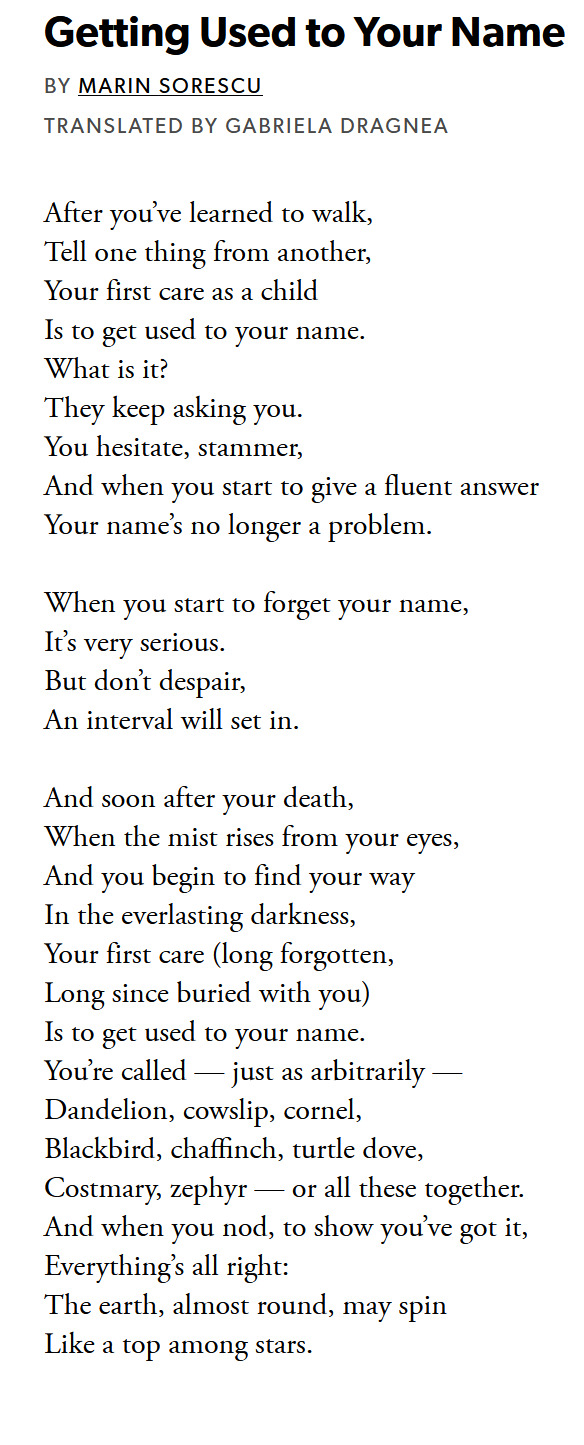
Marin Sorescu, "Getting Used to Your Name" (trans. Gabriela Dragnea) [ID'd]
#q#lit#quotes#poetry#poems#id included#typography#marin sorescu#getting used to your name#romanian lit#m#x#life everlasting
4K notes
·
View notes
Text
This Romanian cub has got problems. Working part-time as a security guard, he obviously doesn't earn enough money, so he started off a side project on CB. The only problem was his shape.


He has a nice, round fat belly, and weighing around 100 kilos, he is feeling the pressure to hit the gym and grow some muscles. He has a big appetite, and his literal dream is to find a sugarmommy or sugardaddy to soothe his seemingly insatiable appetite.


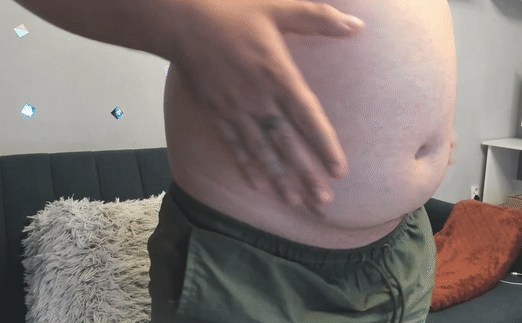

As he started noticing that quite a few of his viewers don't mind his belly, let alone support paying him extra for a nice, filling meal, he decided to start going with the flow and letting his belly grow.






He is a really nice guy, a good chat, and a hungry mouth.
Everything is shared with consent of the creator. I do not own or claim any right for the footage.
CB/OF: passionalmax
2K notes
·
View notes
Text
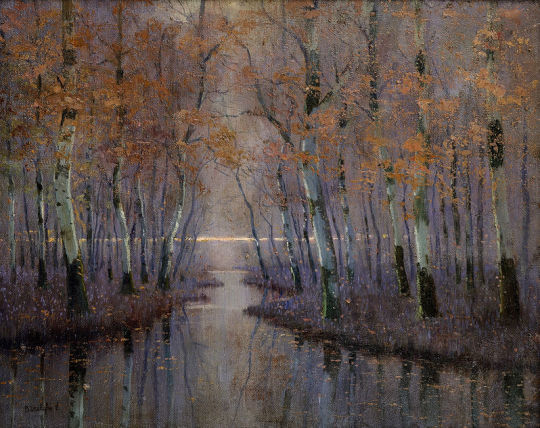
Vincent Bánsághi - On the banks of the Danube (1910)
2K notes
·
View notes
Text



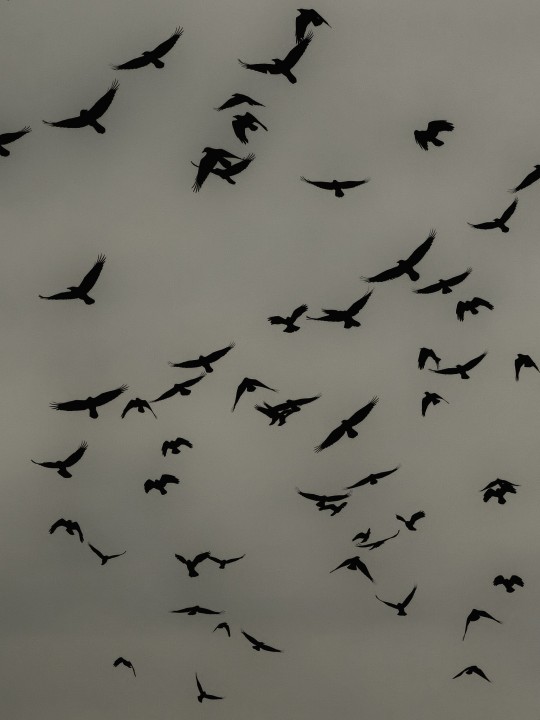





the crows I run into on a field
#romanisme#romania#crows#crow#dark aesthetic#obscure art#romanian artist#teleorman#eastern europe#dark landscape
2K notes
·
View notes
Text

Romanian folklore-tinged commission for Mau/Irina!
#art#artist#sajan rai#romanian folklore#Miorita#folklore#folk art#mythic art#commission#commissions open#illustration
4K notes
·
View notes
